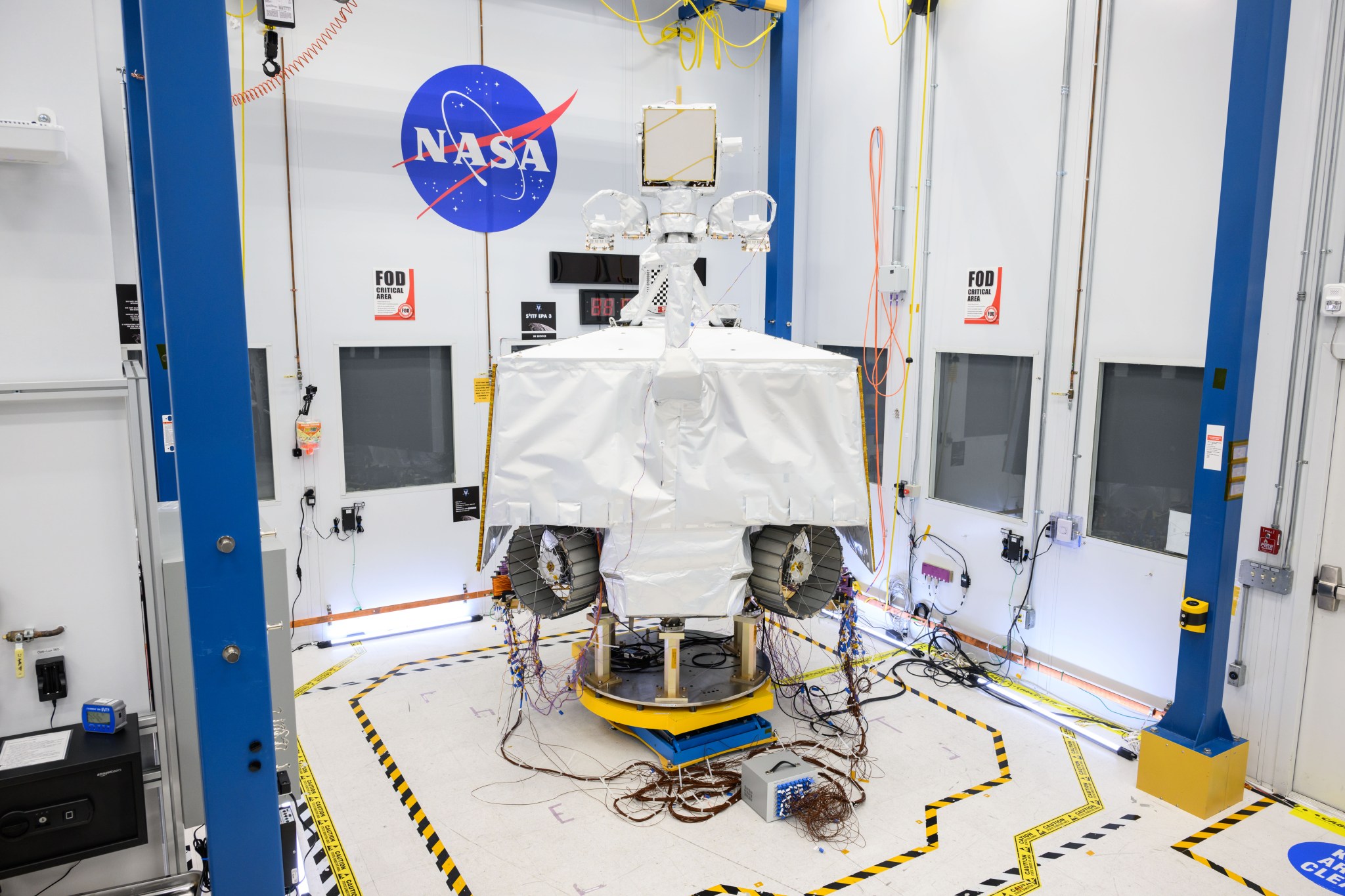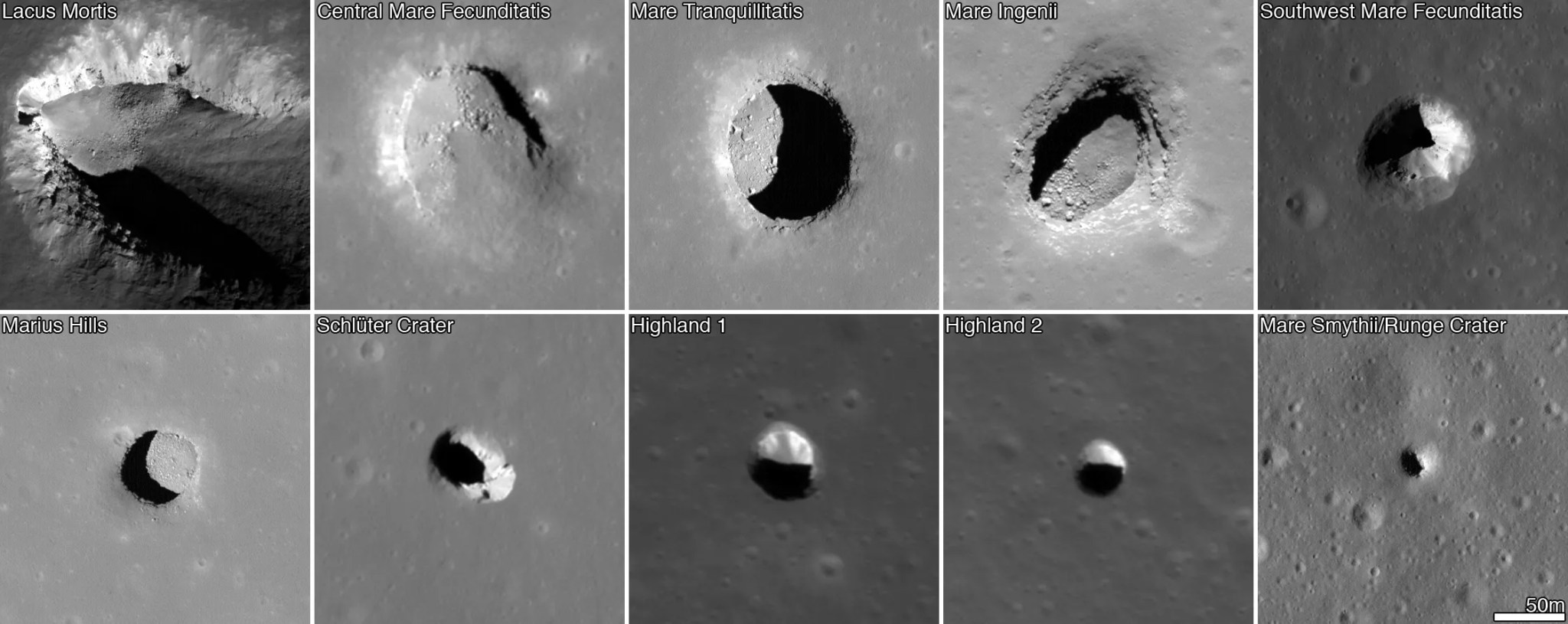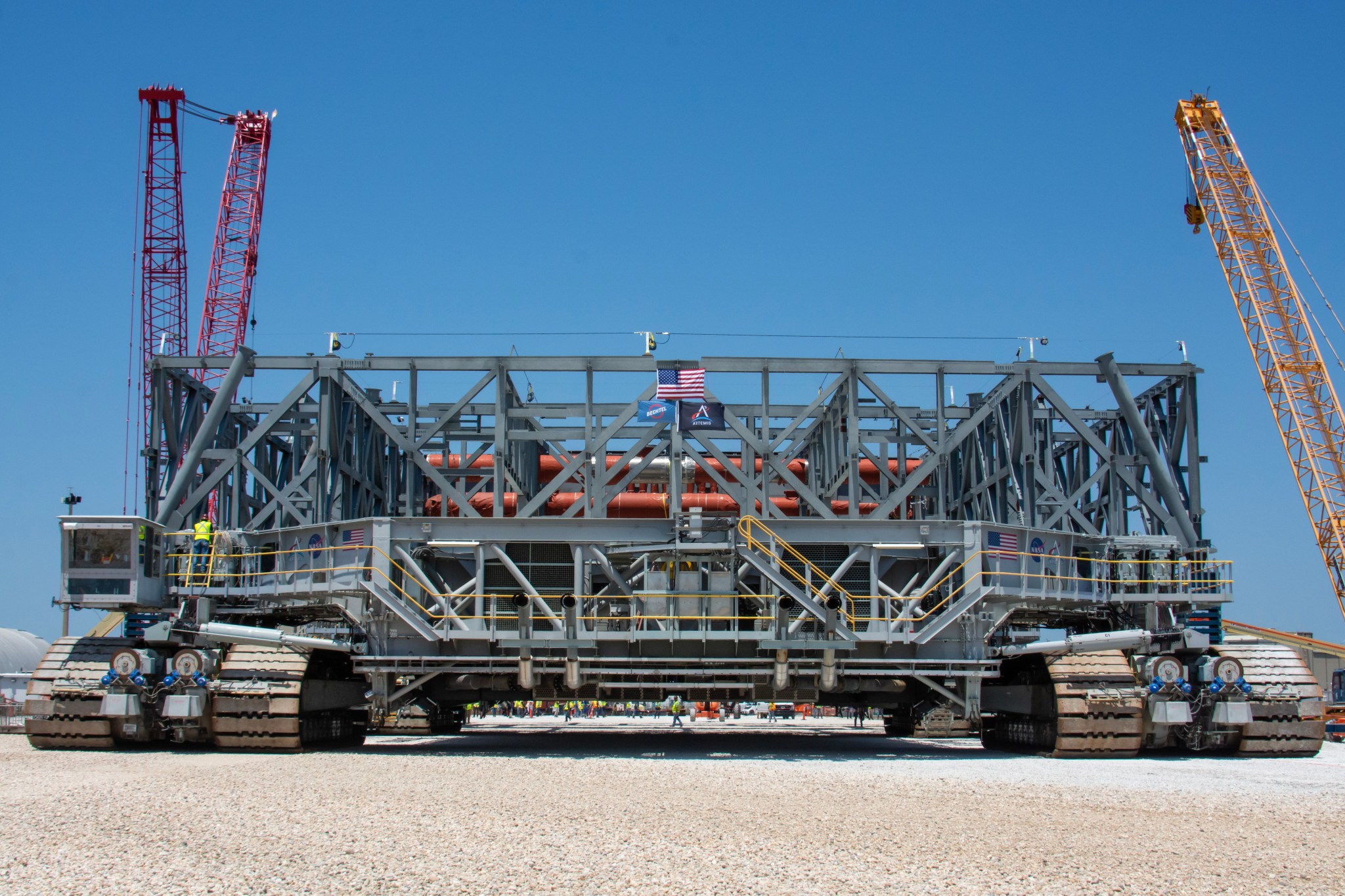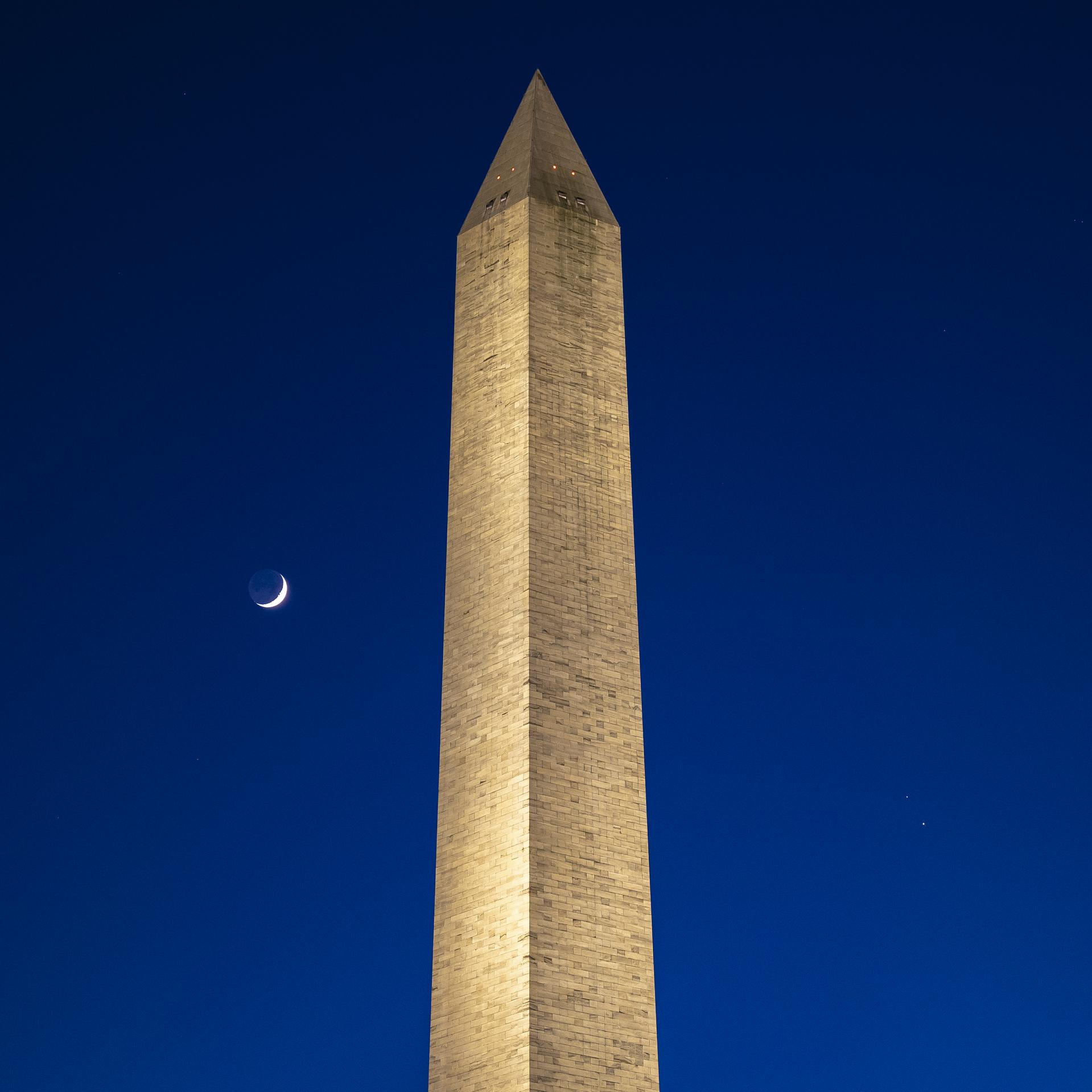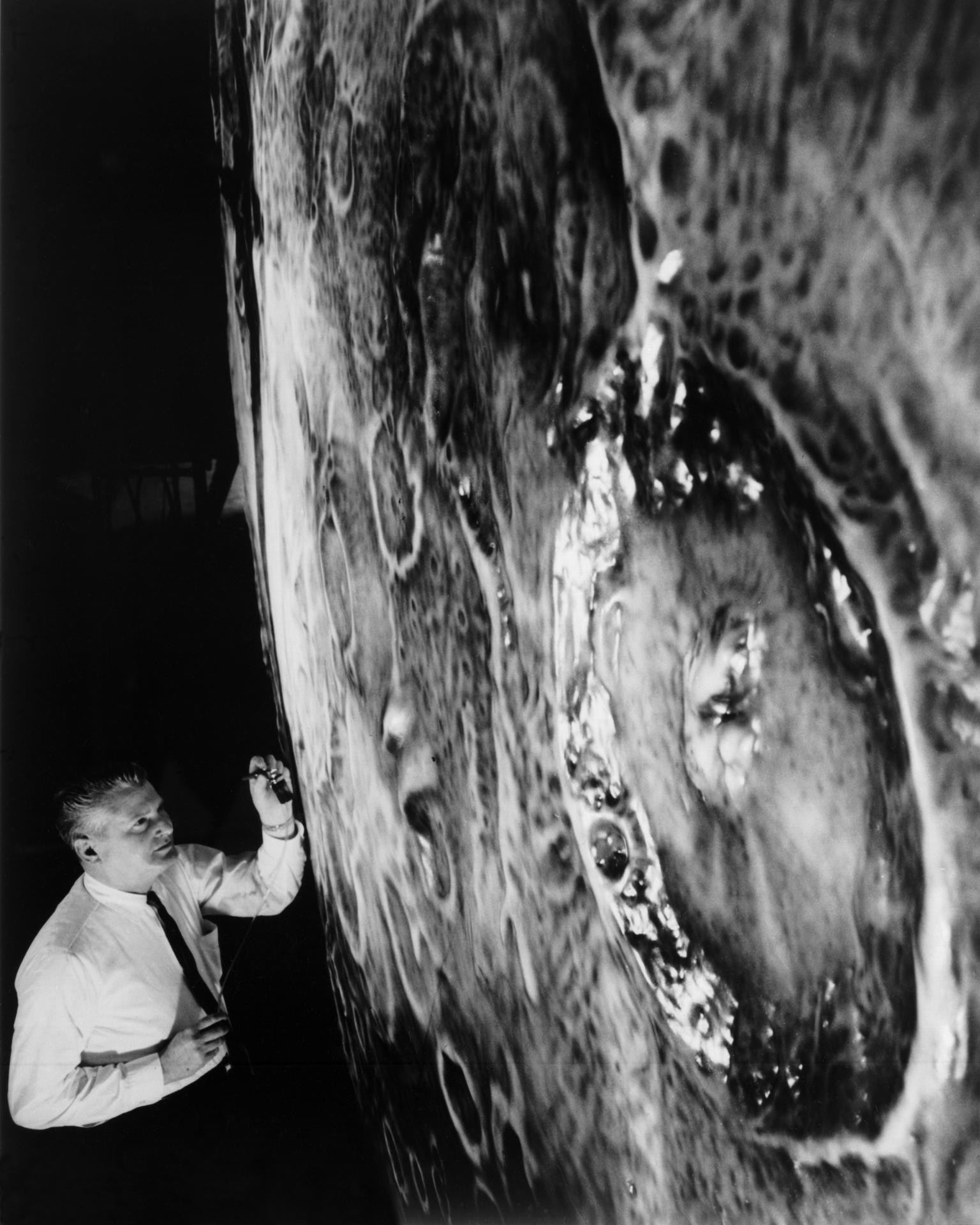NASA This view of the Earth’s crest over the lunar horizon was taken on July 29, 1971, during the Apollo 15 lunar landing mission. Astronauts David Scott, Alfred Worden, and James Irwin launched from NASA’s Kennedy Space Center in Florida aboard a Saturn V launch vehicle. Designed to explore the Moon over longer periods, greater ranges, and with more instruments for the collection of scientific data than before, Apollo 15 included the introduction of a $40 million lunar roving vehicle (LRV) that reached a top speed of 10 mph (16 kph)…
Read MoreTag: Earth’s Moon
NASA Explores Industry, Partner Interest in Using VIPER Moon Rover
2 min read NASA Explores Industry, Partner Interest in Using VIPER Moon Rover NASA’s VIPER robotic Moon rover is seen here in a clean room at NASA’s Johnson Space Center in Houston. NASA/Helen Arase Vargas As part of its commitment to a robust, sustainable lunar exploration program for the benefit of all, NASA issued a Request for Information Friday to seek interest from American companies and institutions in conducting a mission using the agency’s VIPER Moon rover. VIPER, short for Volatiles Investigating Polar Exploration Rover, was designed to map the…
Read MoreNASA Invites Media, Public to Attend Deep Space Food Challenge Finale
NASA’s Deep Space Food Challenge directly supports the agency’s Moon to Mars initiatives. Credit: NASA NASA invites the media and public to explore the nexus of space and food innovation at the agency’s Deep Space Food Challenge symposium and winners’ announcement at the Nationwide and Ohio Farm Bureau 4-H Center in Columbus, Ohio, on Friday, Aug. 16. In 2019, NASA and the CSA (Canadian Space Agency) started the Deep Space Food Challenge, a multi-year international effort to develop sustainable food systems for long-duration habitation in space including the Moon and Mars.…
Read MoreExplorers on the Moon: Apollo 11 Landing
NASA On July 20, 1969, astronauts Neil Armstrong and Buzz Aldrin landed on the Moon in the lunar module “Eagle.” Afterward, Aldrin posed for this photo, taken by Armstrong, beside the United States flag. The Apollo 11 mission’s main goal was to perform a crewed lunar landing and return to Earth. The crew also conducted scientific exploration of the Moon’s surface and deployed a television camera to transmit signals to Earth. Armstrong and Aldrin spent 21 hours and 36 minutes on the Moon. They explored the surface, took extensive photographs…
Read MoreNASA-Funded Studies Explain How Climate Is Changing Earth’s Rotation
6 min read Preparations for Next Moonwalk Simulations Underway (and Underwater) The Arctic is captured in this 2010 visualization using data from NASA’s Aqua satellite. A new study quantifies how climate-related processes, including the melting of ice sheets and glaciers, are driving polar motion. Another study looks at how polar meltwater is speeding the lengthening of Earth’s day. NASA’s Scientific Visualization Studio Researchers used more than 120 years of data to decipher how melting ice, dwindling groundwater, and rising seas are nudging the planet’s spin axis and lengthening days. Days…
Read MoreNew Evidence Adds to Findings Hinting at Network of Caves on Moon
These images from NASA’s LRO spacecraft show a collection of pits detected on the Moon. Each image covers an area about 728 feet wide. An international team of scientists using data from NASA’s LRO (Lunar Reconnaissance Orbiter) has discovered evidence of caves beneath the Moon’s surface. In re-analyzing radar data collected by LRO’s Mini-RF (Miniature Radio-Frequency) instrument in 2010, the team found evidence of a cave extending more than 200 feet from the base of a pit. The pit is located 230 miles northeast of the first human landing site on…
Read MoreNASA Deputy Administrator Strengthens Ties in Japan, Republic of Korea
NASA Deputy Administrator Pam Melroy gives keynote remarks during the 37th Space Symposium, April 5, 2022, in Colorado Springs, Colorado. Credits: NASA/Bill Ingalls NASA Deputy Administrator Pam Melroy will visit Japan and the Republic of Korea beginning Thursday, July 11, to underscore the critical role of international cooperation in advancing space exploration and technology development. During her week-long visit to the region, Melroy will engage with ministers and other senior government officials in both countries, including leaders from JAXA (Japan Aerospace Exploration Agency) and KASA (Korea AeroSpace Administration) to strengthen…
Read MoreNASA’s New Mobile Launcher Stacks Up for Future Artemis Missions
The foundation is set at NASA’s Kennedy Space Center in Florida for launching crewed missions aboard the agency’s larger and more powerful SLS (Space Launch System) Block 1B rocket in support of Artemis IV and future missions. On May 9, 2024, teams with NASA’s EGS (Exploration Ground Systems) Program and contractor Bechtel National Inc. transferred the primary base structure of the mobile launcher 2 to its permanent mount mechanisms using the spaceport’s beast-mode transporter – the crawler. On Thursday, May 9, 2024, teams with NASA’s Exploration Ground Systems Program…
Read MoreA Moonlit Trio
NASA/Bill Ingalls The Moon (left), Saturn, and Jupiter (lower right; Saturn is above and to the left of Jupiter) were seen in the sky above the Washington Memorial on Dec. 17, 2020. At the time, Saturn and Jupiter were nearing each other in the sky, culminating in a “great conjunction” on Dec. 21, where they appeared a tenth of a degree apart. Great conjunctions between Jupiter and Saturn happen every 20 years, making the planets appear to be close to one another. This closeness occurs because Jupiter orbits the Sun…
Read MoreNavigating the Moon with Art
NASA An artist uses an airbrush to recreate the lunar surface on one of the four models comprising the LOLA, or Lunar Orbit and Landing Approach, simulator in this November 12, 1964, photo. Project LOLA was a simulator built at Langley to study problems related to landing on the lunar surface. In “Spaceflight Revolution: NASA Langley Research Center From Sputnik to Apollo,” James Hansen wrote: “This simulator was designed to provide a pilot with a detailed visual encounter with the lunar surface; the machine consisted primarily of a cockpit, a…
Read More
